Bass guitars – the grooviest instruments among all. Their growl can never be substituted by anything else. Even though they generally play a secondary role during band performances, those famous songs would not be the same without those rounded lower notes. Most musicians are used to playing the 4-string bass guitars, however, nowadays, 5 and 6-string basses are getting more and more caught on. This article will try to answer why would someone opt for 5 or 6 string bass by listing all the advantages of such instruments. Let’s get started, shall we?
But before we get to that, I want to emphasize the role of 6 or 5 string bass guitars. The core reason why they were brought to the market in the first place was the need for more. As basses started to move from back to front and occupy solos, it became apparent that 4 strings were not enough anymore. This allowed bassists to be more creative and deliver spectacular solos. 5 and 6-string basses are the besties for legendary musicians, such as Flea of Red Hot Chili Peppers, Robert Trujillo of Metallica, Robert Smith of The Cure, Jack Bruce of Cream, and many others. But this does not mean that 4 strings are put on the shelves and nobody plays them anymore. The majority of the musicians switch between 4, 5, or 6-string basses depending on what they are going for.
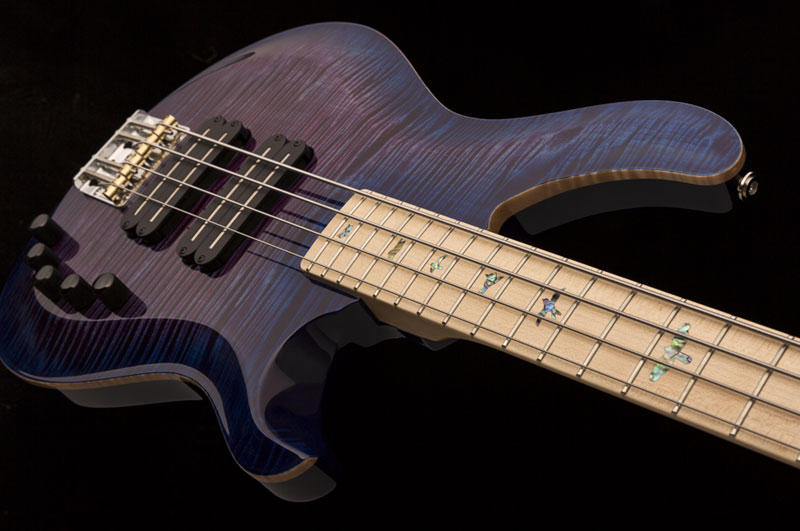 The more the strings, the wider the range
The more the strings, the wider the range
For many musicians, playing four-string bass is perfectly enough. They have mastered all the techniques to go as low (or high) as they desire with the given amount of strings. However, additional strings do enhance your sonic range. The 5th string allows you to go even lower than usual without having to detune your bass. The 6th string, on the other hand, opens up the higher end and lets you nail those bottomy “trebles”. For this reason, it can easily be said that 5 and 6-string basses are way more versatile than the 4-string ones.
The more the strings, the less the effort
As you know, your playing techniques matter a lot when it comes to performing on bass. The way you pluck your strings will hugely impact the overall result and affect your sound a great deal. This is even more important in terms of 4 string basses. You have to move a lot to achieve the desired notes. 5 or 6 string basses eliminate the need to move a lot on the bridge of your instrument. If you want a lower note, you can just pluck that 5th string. And if you want a higher one, you will simply reach for that 6th string. In that sense, additional strings make it easier to play the bass and create more defined chords with less effort.
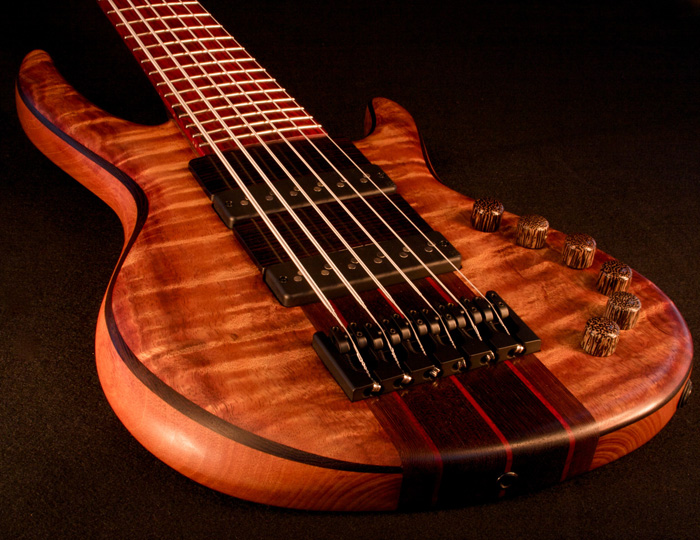
More strings mean guitar-like nature
It is largely believed that 5 or 6-string basses are for those who are used to the guitars. Due to the increased amount of strings and reduced movement, such basses look and feel like guitars. Especially with the 6 string basses that have guitar-like tuning, namely, EADGBE. This means that you can play the same chords that you would on a guitar which can be quite distinctive in many cases. Once again, this makes 5 and 6 string basses easier to play than the 4 string variations.
The cons of additional strings
Do we need any more reasons to want 5 or 6-string basses? I do not think so. As good as they are, they do still have their downsides. First of all, more strings mean less space on the fretboard, which might be a bit hard to adjust to when you first start to play 5 or 6 strings. Second of all, such basses do typically weigh more which might be a huge drawback for those who gig frequently. And finally, 5 and 6 string basses do sound different. This might be a huge advantage for many musicians, however, it can turn into a bottleneck for those scenarios, where typical sounds are a must. For me, these cons are not that big of a deal, since 5 and 6 string basses give you more range for creating something different.
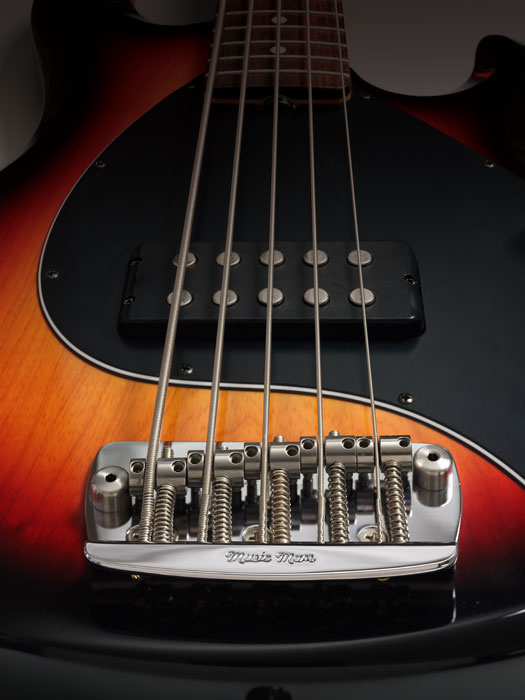
Conclusion
So, will you stop using your 4 string and jump to those additional strings? This is totally up to you. I did my best to provide you with insight into the world of extended range and I leave the rest to you. Get your hands on all three of them and compare them yourself. This way you will know for sure which one speaks to you the most. Good luck!

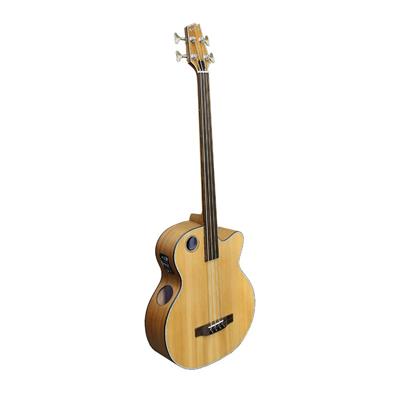
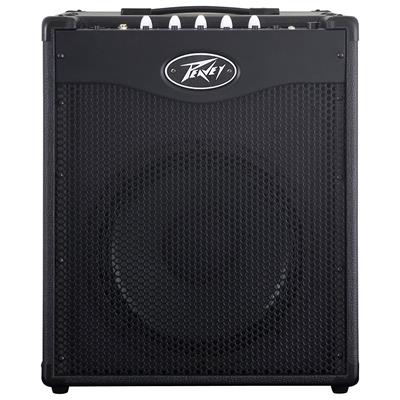



Not sure if I’m ready to make the jump yet. 😀 I’ve been doing some readings about this for my second bass. Your article intrigued me about one thing tho: guitar-like nature. That makes sense. I’ve been playing guitar for over a decade. So, it’s definitely something I’d like. But five stringers or six stringers have different tunings than guitars, which sort of makes the four stringer more akin to a guitar, don’t you think? I mean they have the four strings from a guitar in the standard tuning – EADG. I think it feels more guitar-y.